The most important mineral for clean energy isn’t what you think
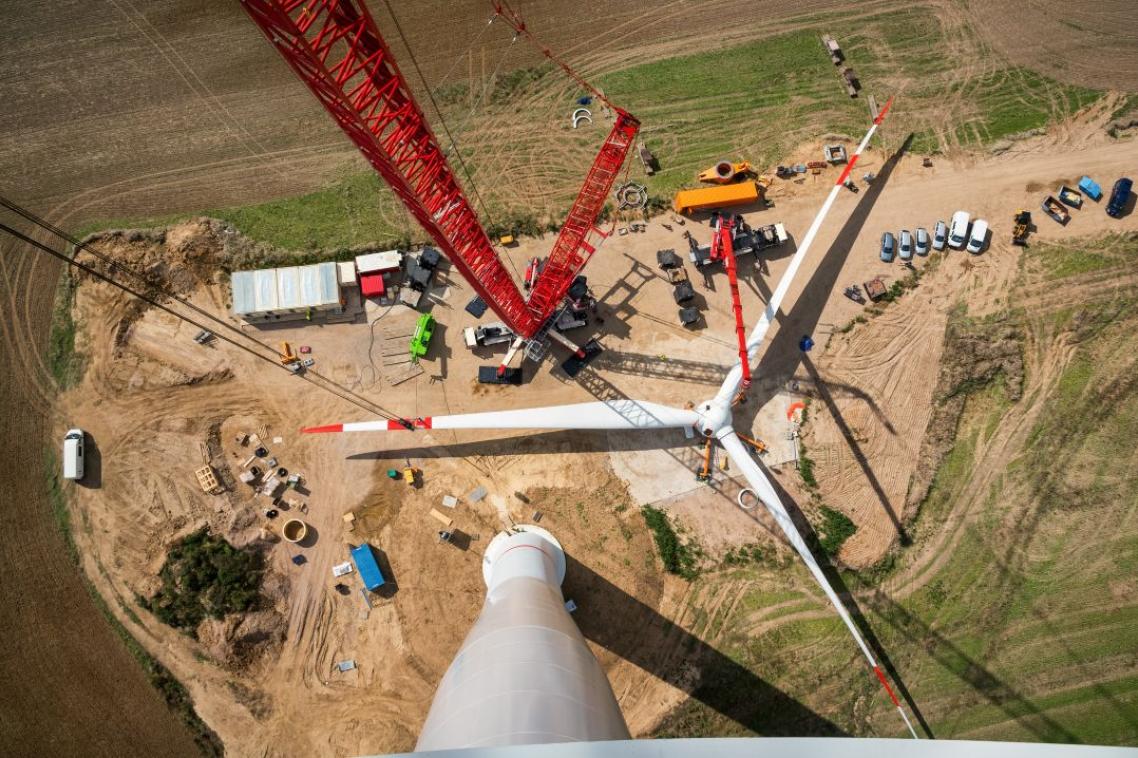
A surprising list of minerals will drive the renewable energy transition. Researchers say we need to make sure they are extracted sustainably.
(Photo credit: tarnero/Adobe Stock )
Sand, gravel and limestone are necessary for the construction of foundations for wind turbines and solar panels, as well as the walls of hydroelectric dams and pumped hydro facilities.
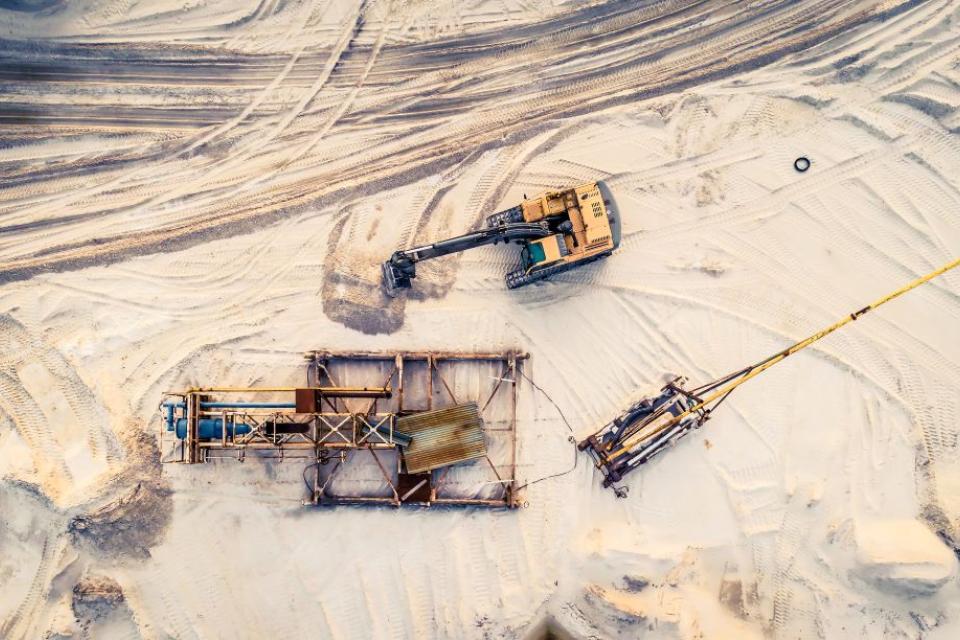
Sand, gravel and limestone will account for up to 70 per cent of the mineral needs for new clean energy infrastructure.
(Photo credit: Ievgen Skrypko/Adobe Stock)
By our estimates, these seemingly common materials could make up as much as 70 per cent of mineral needs for the renewable energy push, by far the largest share followed by other construction materials like iron.
Despite this overwhelming volume, projections for energy transition needs rarely feature sand, gravel, and limestone as they are often seen as abundant, low-value, and locally available.
This oversight renders existing assessments and reviews incomplete, and risks underestimating the biodiversity impacts and broader socioecological consequences of mining for the renewable energy transition.
Concrete gaps undermine true biodiversity cost
The global shift to renewable energy requires a major change in where and what we mine. While reducing mineral demand overall, it could intensify biodiversity risks in some regions if not carefully planned.
A lack of robust projections and geographically detailed global data for these construction materials mean the ecological impacts of widespread sand, gravel and limestoneextraction are dangerously undocumented.
Empirical research is disproportionately focused on metals.
Nonetheless, a growing amount of research is documenting how the extraction of these sand, gravel and limestone causes, for example, deforestation, altered riverbeds, increased sediment plumes that smother coastlines and reefs, and disrupted downstream food webs.

Projections for energy transition needs rarely feature sand, gravel, and limestone as they are often seen as abundant, low-value, and locally available.
(Photo credit: ungvar/Adobe Stock)
Consequently, material-use and biodiversity-footprint reports risk substantially underestimating the scale of resource demand tied to renewable infrastructure.
Knowledge and data ‘blind spots’ prevent planners from identifying overlaps with conservation priorities and anticipating threats to vital ecosystem services and local livelihoods, such as freshwater fisheries and culturally important sites.
Ultimately, this heightens the risk of socio-environmental conflicts, and when projects are halted, long-term ecological restoration is rarely secured.
Bearing the environmental costs: A Fijian example
The crisis is not theoretical; it’s being felt now in places like Fiji, where heavy river sand and gravel mining has severely disrupted ecosystems and traditional livelihoods.
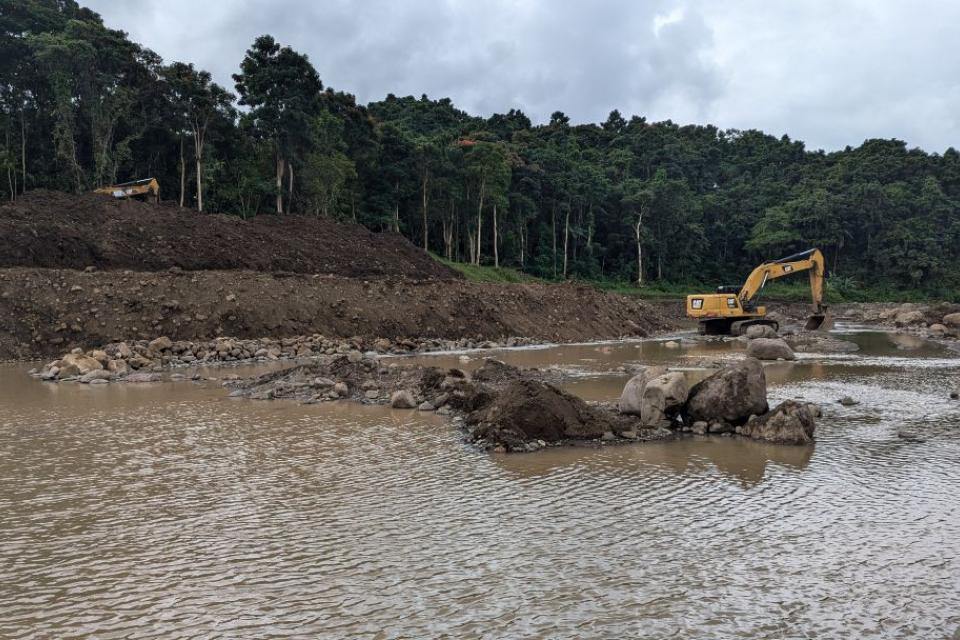
A river gravel extraction project in Fiji.
(Photo credit: Bora Aska)
These local communities are bearing the environmental costs for raw materials ultimately used for both renewable energy infrastructure and climate adaptation projects elsewhere in the South Pacific.
The Dawasamu operation, for example, reportedly produces 500,000–1,000,000 m3 of gravel annually, about 10 times the site’s estimated sustainable yield.
This over-extraction is causing riparian vegetation loss, and geomorphological change that increases sediment runoff and has produced visible plumes.
These changes have reduced fish diversity and catches, harmed women’s subsistence and tourism-linked livelihoods, and spurred ongoing community protests amid fragmented permit systems and weak enforcement across agencies.
Moving towards just and sustainable energy transition
A just and sustainable energy transition requires immediate action to mitigate the extraction risks associated with new infrastructure, demanding a comprehensive approach that moves beyond critical minerals.
This involves integrating all construction materials into forecasts and producing the global data needed for non-metallic mineral extraction to accurately map resource footprints.
Furthermore, implementing circular-economy strategies will significantly reduce material demand, and governance must be strengthened by mandating free, prior, and informed consent with local communities.
Crucially, legally enforcing equitable benefit-sharing and high-quality ecological restoration commitments is necessary to prevent the transition from externalizing harm onto vulnerable people and places.
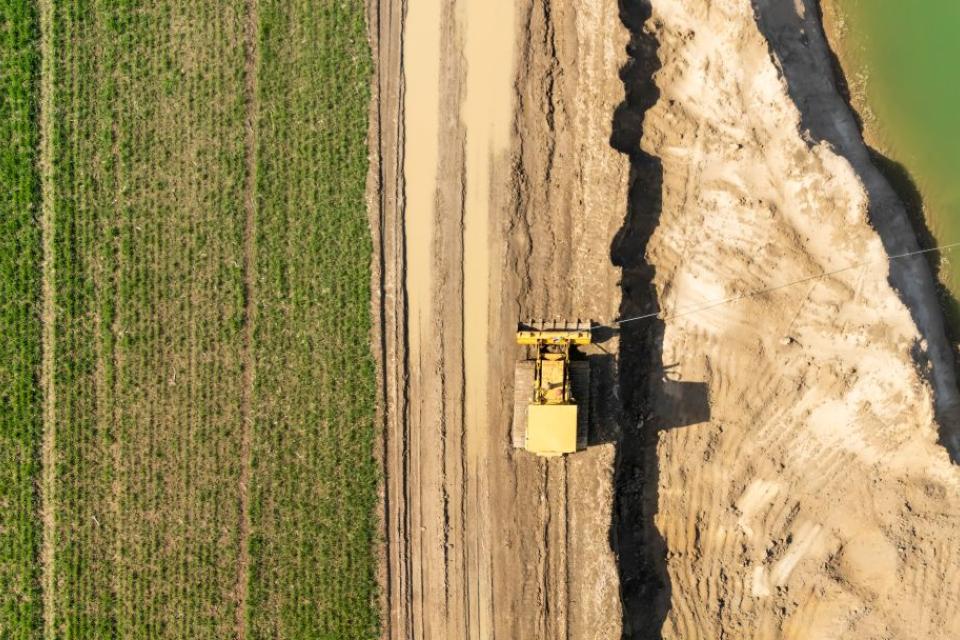
(Photo credit: daily creativity/Adobe Stock)
Collaboration and acknowledgements
Bora Aska is a PhD Scholar at the Global Centre for Mineral Security within UQ's Sustainable Minerals Institute. This analysis piece is based on research published in Nature Reviews Biodiversity titled Mining, biodiversity and social conflict in the renewable energy transition.Related articles
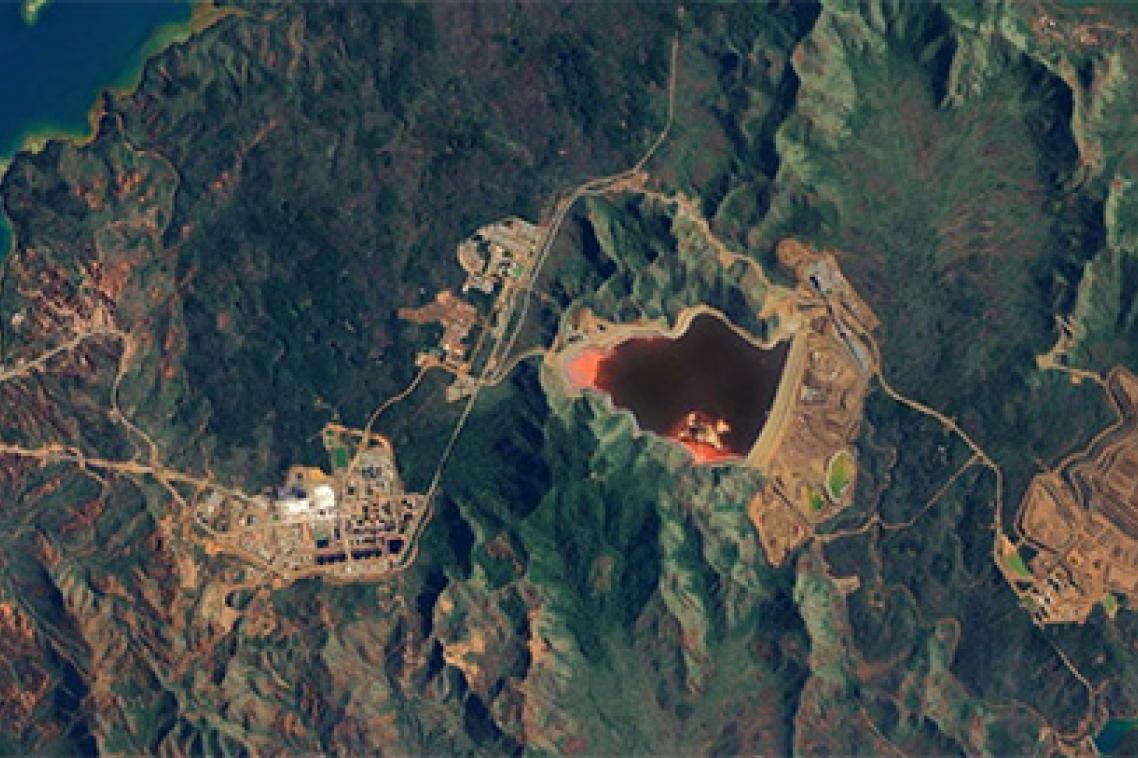
Nickel mining a serious concern for climate action
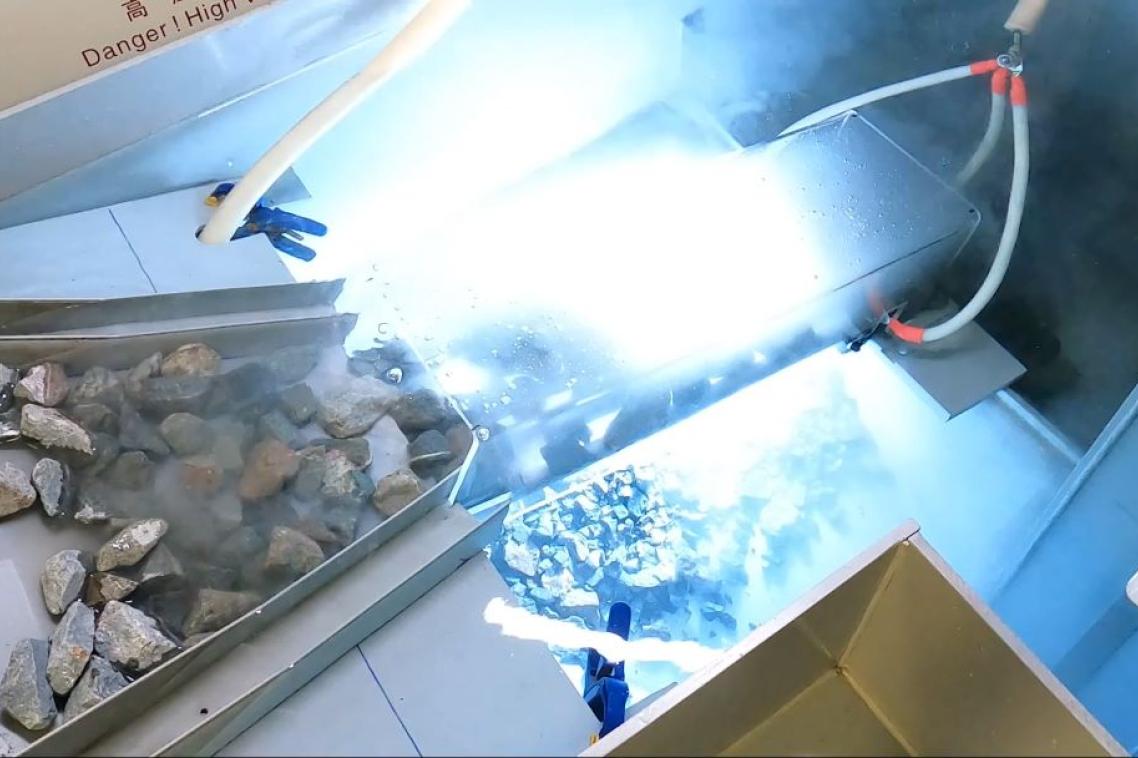
High-voltage technology to supercharge the mining industry
Media contact
UQ Communications
communications@uq.edu.au
+61 429 056 139
